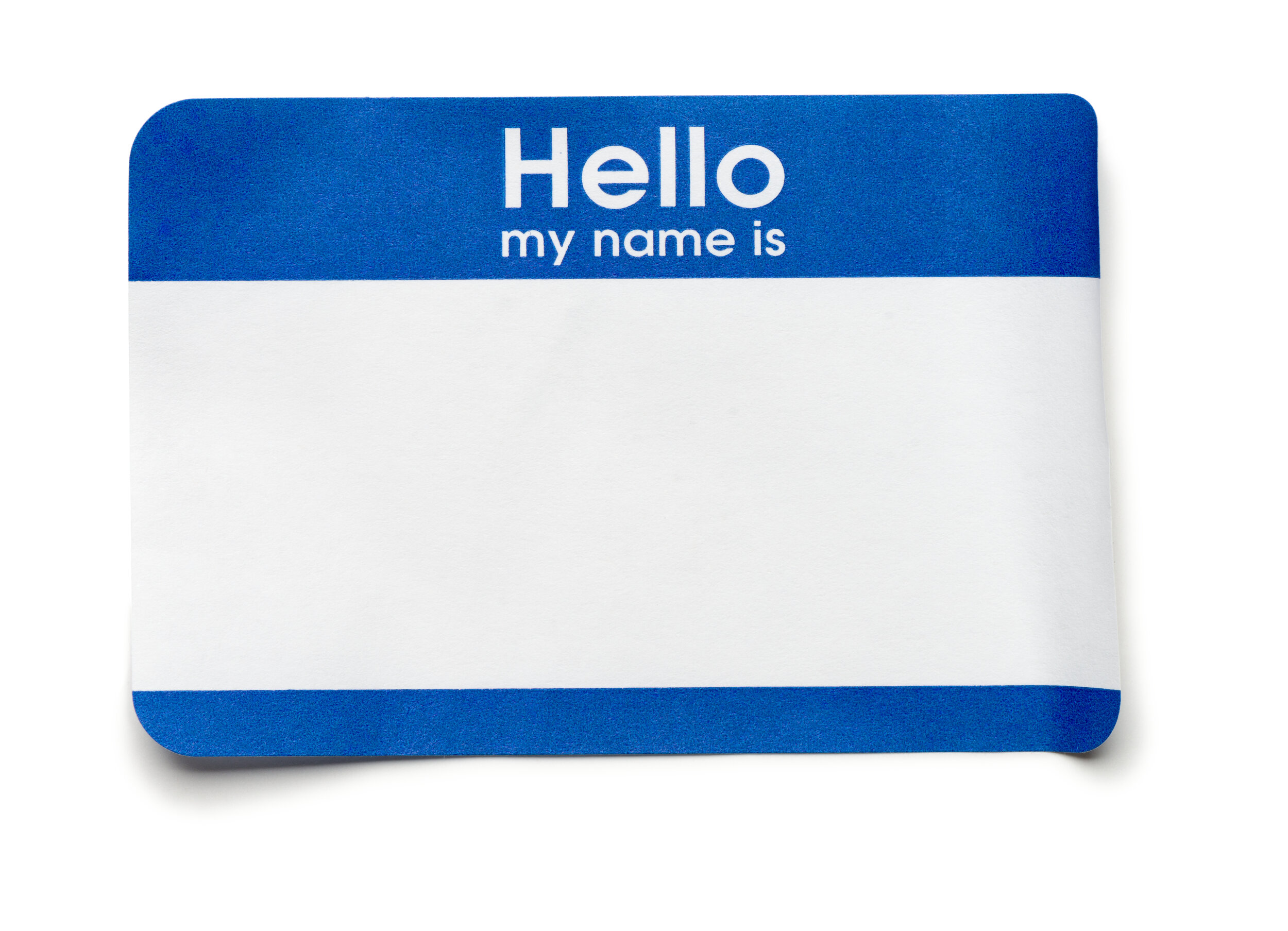In the fast-paced world of business and brand management, it’s easy to feel trapped in a cycle of addressing symptoms rather than root causes. As leaders, it’s crucial to step back and ask: “What problem are we really solving?”
Do you suffer from the "better mousetrap" syndrome?
It's easy to get laser-focused on creating things. But those ideas need to be grounded in something more than personal preference. Before launching your next big idea, your better mousetrap, ask yourself: Does your audience even realize they have a mouse problem?
Here are six steps to consider to make sure your concepts are grounded in insights so you increase your chances for success in the marketplace.
Use “Tell” Stories to Capture Your Brand’s History
“Tell” stories are historical in nature because they address things that happened along the company’s journey to the present. They come in a variety of forms, often starting with a company or brand origin story and growing from there. Because they deal with the past, Tell stories are typically editorialized to get those unseemly rough spots out of the narrative. And they can be revisionist in the sense that history is often rewritten by those who come later, scrubbed of things we might find offensive, and enhanced to make them more exciting.
Understanding the Narrative Chain for Brand Storytelling
Brand storytelling doesn’t follow a linear path. It never has. A linear model doesn’t allow for the chaos that comes with dealing with real, living, breathing humans and constantly changing markets. It certainly doesn’t take social media into consideration.
If you’re not careful, you could fall into the trap with some narrative arc models that, though they account for some issues with the brand, often do so with the issues in the rearview. As if the challenges the brand has faced in the past will somehow predict what the brand will face in the future.
Instead, look at brand storytelling as a narrative chain made up of many stories in “S” curves.
7 Ways Resourceful Companies Navigate Turbulence
Foundations are Critical for Resilient Companies
Dandelions put out a taproot from the very beginning to give themselves every advantage possible in journey ahead—because they don’t know if that journey will be easy or tough.
Unfortunately, too many companies don’t operate with the basic principles of dandelions and as a result, start with weak foundations, don’t plan for adversity ahead, and falter when the economic winds change. If we’ve learned anything from history it should be that change is inevitable. It can be sudden and unpredictable or like a slow-moving glacier.
Brand Storytelling: The art of conversation
We love to talk about what we’ve done, who we’ve seen, the hurdles we’ve crossed and triumphs we’ve realized. If we’re not careful, we can talk about how amazing we are and leave our guest completely out of the discussion.
Brands do this all the time. Agencies do this all the time. All this chest thumping and self promoting leaves consumers and customers on the outside looking in … if they even stay around long enough to keep looking.
Brand Storytelling: When in doubt, be Q
Making the 5 Consumer Segments Work for Your Brand
The 5 Consumer Segments Every Brand Should Understand
Strategists and planners have long recognized the benefits of directing products and communication towards key audience segments. It’s no secret that aiming your message at the masses minus any key insight to help some group connect with your message is a good way to blow your budget without having anything to show for the effort. But how do you decide who to talk to?
We Fix Broken Brands
What Makes a Good Brand or Product Name?
Is It Time To Rename Your Company? Careful What You Wish For.
A few dozen times a year we get requests from companies looking for a change. Sometimes it’s to update an identity, which can lead to the question: should we consider changing the name, too? Other times it’s as simple as “we want something fresh and new.” Our questions start with why. Why do you want to change the company name? You might be surprised at how often the answer is a blank stare. For anyone wondering, that’s a bad answer for something as significant as changing the foundation of the company.
Product Naming is Easy ... Until You Try to Name a Product.
A naming process rarely includes gathering people in a room to brainstorm for an hour and call it a day. Every naming agency on the planet has a process generally for the same reason—to increase their chances of coming up with good material that will make it into the market on a regular basis. If you insist on naming products, brands or companies on your own, at least do yourself a favor and do what the naming agencies do.
How Resilient Brands Thrive in Challenging Times
Every generation has to face its own rounds of brand challenges related to the economy, public attitudes, world events, and more. Especially when things go bad, it’s easy to think that in the crisis of the moment there are no parallels to reference for a way forward. This is where despair sets in. But there are almost always examples we can look to for how to thrive in challenging times.
How Do Resilient Companies Thrive?
There are winners and losers in every economy. Some people and companies collapse under the weight of changes and uncertainty while others seem to thrive. Same conditions, similar circumstances, but one group withers away while others not only survive the challenge but go on to do great things. What makes the difference?
What’s Your Dandelion Strategy?
Five steps to winning on stage in presentations
… people in the audience generally WANT YOU TO DO WELL. Think about this for a minute. How many times have you seen a speaker step up to the podium or on stage and hope they fail miserably. Most people don’t think this way. We like for people to do well. We want to hear a good presenter. We want to be delighted by the experience.




















